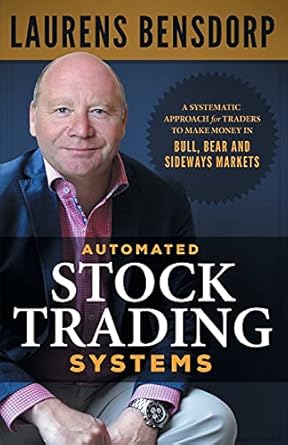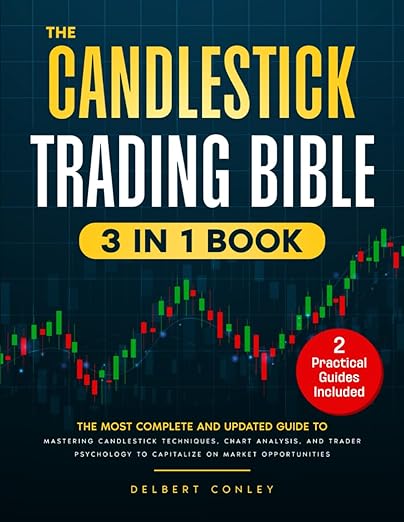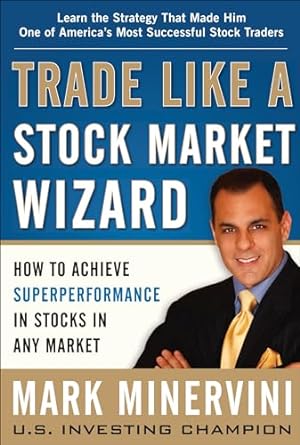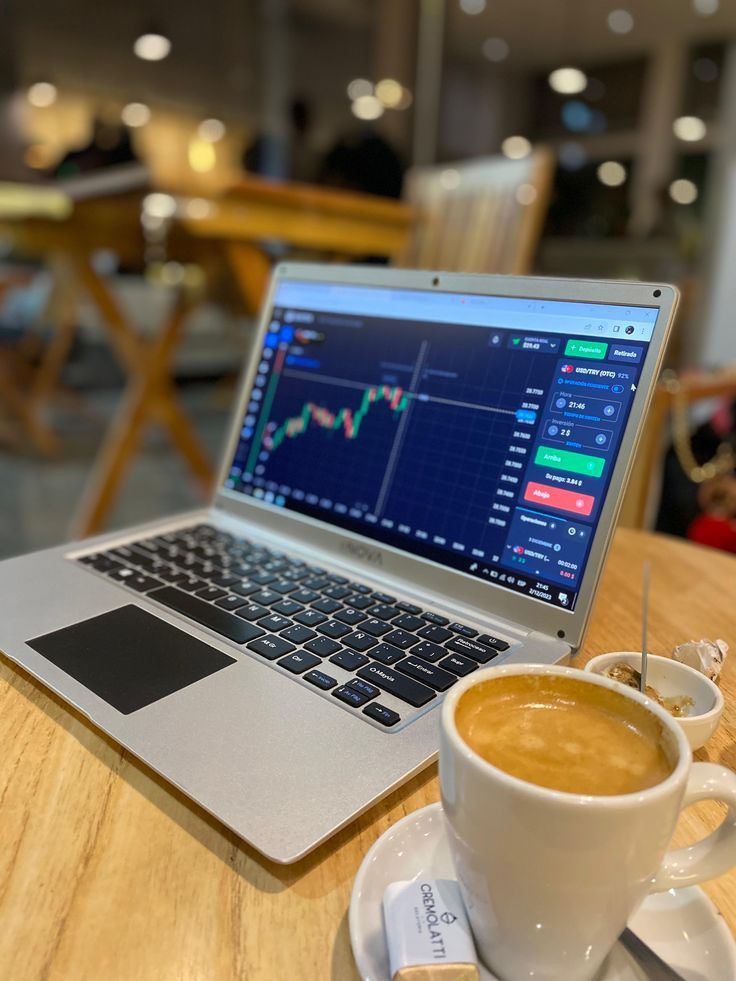*This Article Contains Affiliate Links. We earn a small commission when you use our links
Trade with Mr. CEVOX
Understand market sentiment, track economic factors, and use practical tips to make informed trading decisions.
Popular articles
Beginner Guild to Stock Trading
The Stock Market

The stock market, equity market, or share market is the aggregation of buyers and sellers of (also called shares), which represent claims on businesses; these may include securities listed on a public as well as stock that is only traded privately, such as shares of private companies that are sold to investors through equity crowdfunding platforms. Investments are usually made with an investment strategy in mind.
The total market capitalization of all publicly traded stocks worldwide rose from US$2.5 trillion in 1980 to US$111 trillion by the end of 2023.
Stock market investments enable businesses to raise substantial funds from investors through an initial public offering (IPO), selling shares of stock through an IPO can provide access to funds from multiple investors that can be used to expand the business or invest in potential growth of companies by purchasing stock shares – owning part of them will allow you to share in its profits and success while potentially risking losing money if share prices decline significantly.
Who Invented the Stock Market?
There is no single person who is attributed for the invention of the stock market. However, the first stock markets emerged in 15th century Europe, in Antwerp and London. The modern stock market originated in Amsterdam in 1602 with the establishment of the Dutch East India Company. The London Stock Exchange was founded in 1773 as an informal meeting of stockbrokers in coffeehouses. Over the following decades, it grew into a highly organized stock exchange and one of the most international in scope.
What is Stock Trading?
Stock trading as the name implies is a market place for stocks, Stock trading involves buying and selling of stocks as frequently as your finances allow you, in an attempt to time the market. The goal of stock traders is to capitalize on short-term market events to sell stocks for a profit, or buy stocks at a low.
How Can I Start Trading Stock?
Stock trading is often seen as as a path to getting wealthy quickly. While it might prove to be a lucrative and profitable endeavor for those who are doing it right, it requires a lot of discipline, education, and right tools, just like any other type of trading.
If you are looking to get onto the scene and navigate the landscape, here is a brief yet comprehensive look at stock trading that can guide you through the fundamentals, and what needs to be done in terms of doing it properly.
#1 Learn the Basics of Stock Trading
First things first. Read. Education in any financial endeavor cannot be overstated. While stock trading might seem like buying and selling shares at profitable prices, it is far from it. It is about understanding the dynamics of the stock market and having the proper knowledge to make well-informed decisions constantly.

Stock Exchange: Platform where stocks are bought and sold (e.g., NYSE, NASDAQ).
Ticker Symbol: Unique abbreviation for a stock (e.g., AAPL for Apple, AMZN for Amazon).
Market Order: Buys/sells a stock immediately at the current price.
Limit Order: Sets a specific price for buying/selling a stock.
Bull Market/Bear Market: Bull indicates rising prices; bear indicates falling prices
#2 Decide What Type of Trader You Want to Be
It's important to choose your trading style before you begin trading. Consider your personality, your risk tolerance, and the time you can realistically dedicate to trading. This will help you find a trading style that aligns with your goals and abilities. Here are the list:

- Day Trading: Buying and selling within the same day. Requires time and focus.
- Swing Trading: Holding stocks for days or weeks to capture larger price moves.
- Long-term Investing: Holding stocks for months or years based on company fundamentals.
We've sorted the trading styles above based on how long an investor or trade holds onto the stocks. Day traders aim to profit from short-term price moves and typically close out all positions by the end of the trading day so their trades are the fastest.
Next up are swing traders who hold positions for periods ranging from days to a few weeks or months. They aim to capture short- to medium-term trends. This style requires less time commitment than day trading but it still involves being pretty engaged in the market.
The third style is position or long-term investing. This is for those who hold onto stocks for several months, years, or even decades. These investors focus on long-term trends and they may base their decisions on fundamental and technical analyses. This style requires patience and a long-term outlook with less frequent trading.
There's no one-size-fits-all approach to trading. It's essential to choose a trading style that aligns with your personality, risk tolerance, and mostly, lifestyle.
#3 Choose a suitable Broker

After you've decided on your trading style, you'll need to find a good online broker and open an account. You'll want a platform that caters to your needs. Brokerages have different features and tools, and some are more suitable for your type of trading than others.
Brokerages for Day Traders
A platform with quick speeds (low latency), real-time data, and advanced charting abilities is a must for day traders. These traders often require tools like Level 2 quotes that provide detailed liquidity information about the and hot keys for rapid ordering. They may also offer automated or algorithmic trading options, triggers, and technical indicators. Customizable platforms like Interactive Brokers, TradeStation, and TD Ameritrade's thinkorswim are popular among day traders
Brokerages for Swing Traders
Swing and position traders should look for a platform with a wide range of indicators, research resources, fundamental analysis tools, and risk management features. These traders may also benefit from a platform that offers mobile trading apps that allow them to monitor their positions and trade on the go.
Brokers like Charles Schwab, Fidelity, Robinhood, and E*TRADE are well-suited for swing and position traders because they provide a balance of research tools, user-friendly platforms, and competitive prices, typically with commission-free trading in most stocks and exchange-traded funds.
Brokerages for Long-Term Investors
A brokerage with a strong educational component and user-friendly interface is likely the best choice for long-term investors or those new to trading. Robo-advisors such as Betterment and Wealthfront can be good options for those who prefer a more automated approach to their portfolio. These platforms use algorithms to create and manage diversified portfolios based on the investor's risk tolerance and goals.
Tip: Many brokerages provide free demo accounts that allow you to practice trading with virtual money before risking your capital.
#4 Open a Brokerage Account and Fund it
Choose an Account Type:
- Cash Account: Pay in full for purchases.
- Margin Account: Borrow money to trade (higher risk).
Select the account type that best fits your trading goals and tax situation.
Ensure that you understand the minimum balance requirements and any maintenance fees associated with your account. Some brokerages require a minimum initial deposit or they charge fees if your balance falls below a certain amount.
#5 Research the Stocks You Want to Own
You should research the stocks you're interested in before you begin investing. This involves analyzing the company's fundamentals and the stock's price as it moves over time. Combining fundamental and technical analysis will give you far more confidence when you're finally diving in.
Many brokerages offer extensive research resources and tools to help you analyze stocks and make informed trading decisions. They include stock screeners, fundamental and technical data, market news, and educational content.
#6. Learn to Analyze Stocks

Combining fundamental and technical analysis will give you far more confidence when you're finally diving in.
Technical Analysis:
Focuses on price charts, trends, and indicators to predict price movements. Common tools include:
- Moving Averages
- RSI (Relative Strength Index)
- Candlestick Patterns
Fundamental Analysis:
Evaluates a company’s financial health through:
- Earnings Reports: Revenue, profit, and growth.
- PE Ratio: Price-to-Earnings ratio compares stock price to earnings.
- Industry Trends: Understand the sector’s performance.
How to Analyze the Stock Market as a Complete Beginner
#7 Manage Your Risk

Learn proper risk management to avoid loosing all you hard earn money. This involves identifying, assessing, and ranking potential risks to minimize their impact on your portfolio. You can protect your hard-earned capital, limit losses, and improve your trading performance by implementing effective risk management strategies
- Diversify Your Portfolio: Spread investments across sectors to reduce risk.
- Set Stop-Loss Orders: Limit losses by automatically selling stocks at a preset price.
- Only Invest What You Can Afford to Lose: Never risk money needed for essential expenses
Risk management is an ongoing process that should be regularly reviewed and adjusted. You can adapt your strategies as your trading skills, life circumstances, and economic conditions change. Prioritizing risk management is a must to protect your capital, minimize losses, and increase your chances of long-term success.
#8 Keep Learning and Improving

- Follow financial news from platforms like CNBC, Bloomberg, or Yahoo Finance.
- Read books like The Intelligent Investor by Benjamin Graham.
- Join trading communities or forums to learn from experienced traders.
Conclusion
In addition to knowledge and experience, discipline and mental fortitude are key. You need discipline because you're most often better off sticking to your trading strategy should you face challenges. Small losses can turn into huge ones without this.
Start your trading journey by bringing yourself up to speed on the financial markets. Then dive into company fundamentals, read charts, and watch the prices to see if they meet your expectations. Test these strategies with demo accounts to practice trading then analyze the results and make adjustments. You can research stocks after that and pick a brokerage to begin your first trades. That brings you to the beginning, not the end, of your investing journey.
Watch Video
RESOURCE
Recommended Books
Automated Stock Trading Systems by Laurens Bensdorp

The Candlestick Trading Bible by Delbery Conley

Trade Like a Stock Market Wizard by Mark Minervini

Shop





